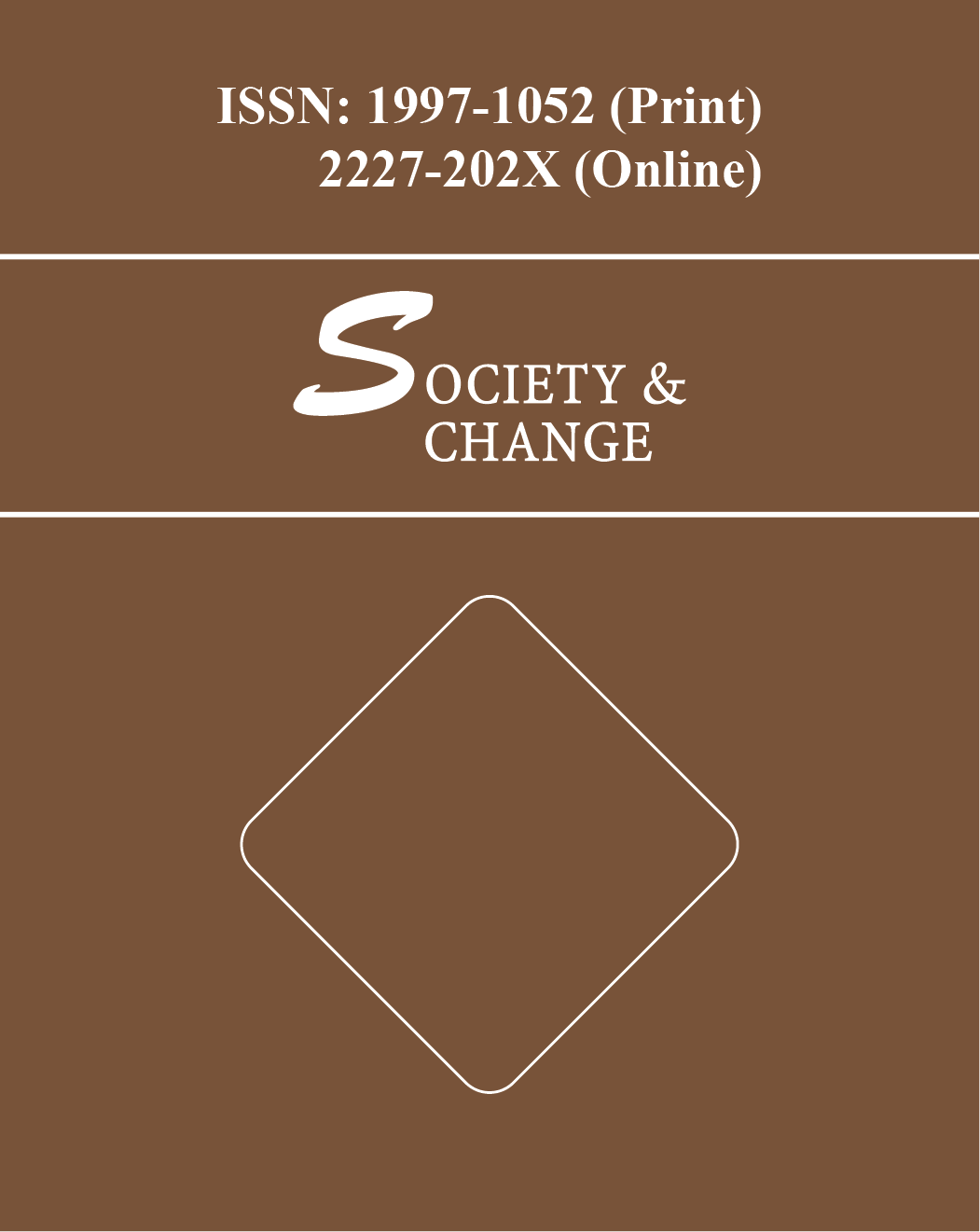During the last two decades the developing countries and the transition economies have gone through a substantial reform in economic policy and institutions. Fiscal reform had been one of the important arena of reform that originated from both the endogenous impetuous of the reforming country and the influence of the donors. Fiscal reform had been important from the viewpoint of restructuring of both revenue and public expenditure. Revenue reform led to major changes in the tax system of many developing countries. There are competing theories of taxation that may have different implications to guide the reform in tax system. Motivation behind tax reform across countries was not also quit uniform. In many developing countries prime reason for tax reform had been to enhance revenue so as to mitigate fiscal crisis (Bird, 1993). However, such reforms were often ad-hoc and not in a nature of systematic improvements to enhance the long run productivity of tax system (Rao, 2000). In the recent years, one of the most important objectives of tax reform had been to reduce tax-induced distortion as desired for the efficiency of a market economy. Such reform is warranted in a developing country or in transition economies to meet the requirement of international competitiveness.
While history of reform in Bangladesh dates back to late 70s and many of the reforms came out of governments own initiative, major reforms in Bangladesh were conducted in the late 1980s and early 1990s within the package of structural adjustment policies under the auspices of the World Bank and the IMF. In the process of reform, Bangladesh also undertook considerable reform in its tax system in the 1990s. Reforming tax system includes both policy reform and reform in tax administration. Like other arena of reform, design of the fiscal reform was heavily influenced by the donors’ philosophy of market oriented reform. Market oriented tax reform that include reduction of marginal tax rate, reducing custom duty, introduction of trade neutral tax may have negative implications for tax revenue. However, some of them may have positive implication for revenue as well through expanding the tax base. In Bangladesh, tax collections are still quite low leading to a large fiscal deficit. Tax-GDP ratio in Bangladesh has been lower even compared to that of other South Asian countries. Hence, enhancing revenue productivity is a major concern for any reform in our tax system so as to help fiscal sustainability. Declining foreign aid and negative implication of borrowing from central bank creates further impetuous for raising additional tax revenue. Such a context highly warrants an examination of the revenue productivity of tax reform in Bangladesh. Experience of recent tax reform in terms of revenue productivity had been mixed. The government of Ghana undergone fundamental tax reform, in 1983, which included the introduction of VAT to replace the existing sales tax, revaluation of the properties to broaden the tax base of the property tax, a review of the definition of income for the purpose of income tax and further improvement in the tax administration to increase tax collection and to combat evasion and fraud. A study by African Economic Research Consortium (Ariyo, 1997) showed that the tax reform succeeded in improving revenue generation, enhancing the efficiency of the tax administration and improving equity in the tax system. In Uganda, the tax system has been one of the victims of numerous economic crises resulting a low level of tax collection. Since May 1987, Uganda's tax system has undergone fundamental reform both in terms of market oriented policy and improvement in tax administration, which resulted in an improved tax-GDP ratio (Teera, 2002). India undertook major tax reforms since the early 1990s. However, market oriented tax reform resulted in a loss in tax-GDP ratio in the early yeas of reform which could not be recovered even by the end 1990s (Rao 2000). Thus, while there is a crucial need of enhancing revenue collection in Bangladesh, experience from other countries show a mixed evidence about effect of market oriented tax reform on revenue generation. On this backdrop, the present paper examines the tax reform experience of Bangladesh with respect to revenue productivity. It highlights the evolution of tax structure over the years and estimates buoyancy of taxes to evaluate revenue productivity of our tax system in the pre-reform and post reform era. Structure of the paper is as follows: Section II makes a short review of theory and experience about tax policy reform. Section III makes an overview of the tax reform in Bangladesh. Section IV briefly discusses the evolution of tax structure in Bangladesh in the past decades. Section V examines the revenue productivity of tax system in Bangladesh in terms of tax buoyancy estimates in both the pre-reform period and the reform period. Some formal test about the structural changes in tax buoyancy relations has been conducted in section VI. Finally, section VII makes some concluding remarks.



 INSEARCH 2025: 10th International Integrative Research Conference on Governance in Society, Business and Environment
INSEARCH 2025: 10th International Integrative Research Conference on Governance in Society, Business and Environment